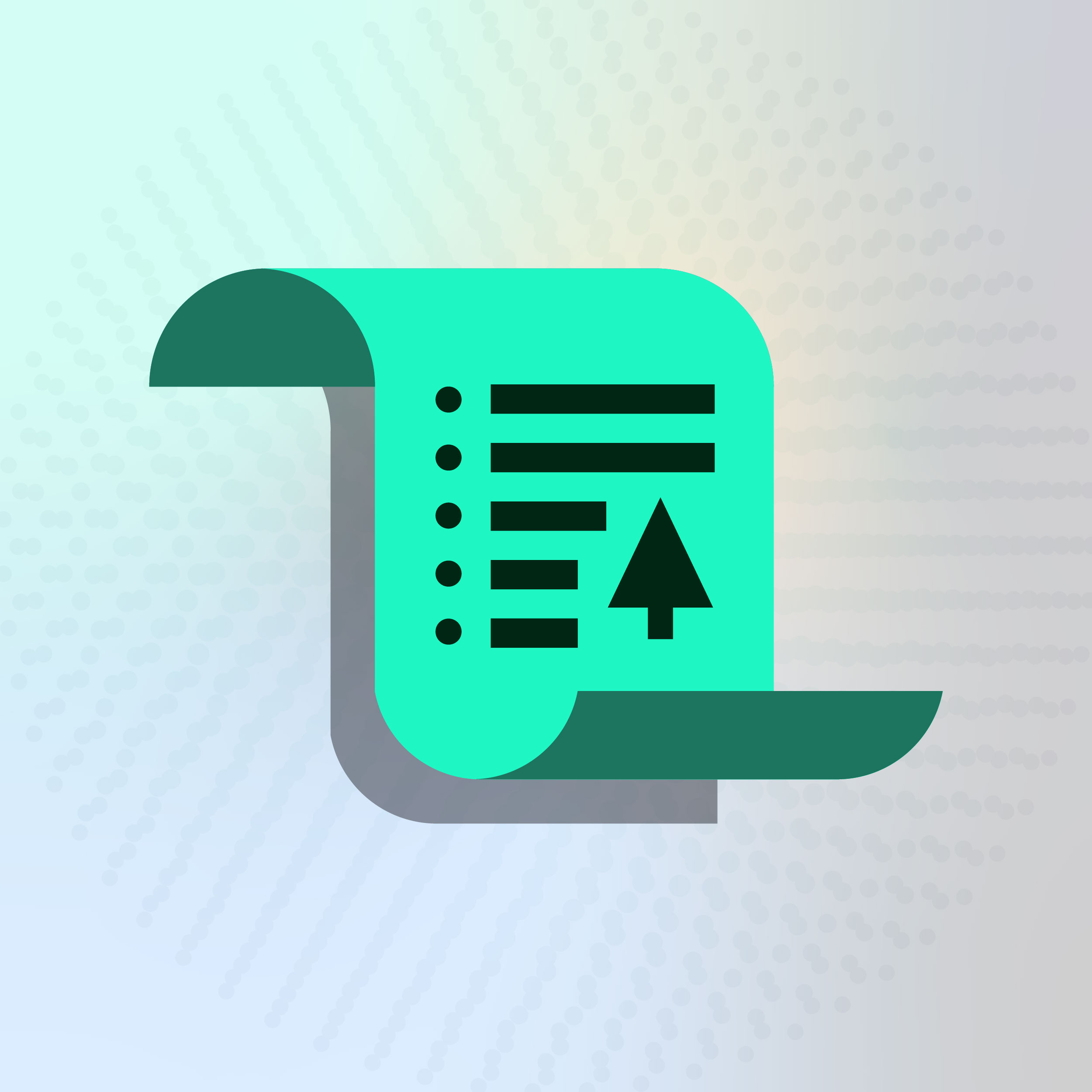Even though it isn't yet internationally utilized to release shipping products to the recipient, a telex release delivered through email is now widely used in place of the original Bill of Lading. Shipping companies for goods can request a telex release by email from the forwarder to the buyer, especially if it is not the seller but a freight forwarding company conveying the products.
What is a Telex Release?
A Telex Release also referred to as an electronic cargo release is a document that can be used by the shipper to release the goods to the consignee at the destination port. It's usually used in conjunction with a bill of lading and is often used to release the goods to the importer of the goods. Nowadays, telex releases are simply sent via email.
At the port of destination, the recipient of the goods hands the customs officers the telex release. The products can only be released to the recipient if the recipient's identification matches the party's on the telex release.
What is a Bill of Lading?
A bill of lading is a document that describes the merchandise and its condition upon delivery from the seller to the shipper. A bill of lading is also referred to as a transport order, in which case it will include any special instructions for the carrier. It allows the buyer to check that the goods were delivered in good condition.
Difference Between Telex Release and Bill of Lading
A Telex release is a document that allows the seller to transfer ownership of the goods from one party to another. It is similar to the bill of lading in that it is used to transfer ownership of goods, but it differs in that it can be used by both parties involved in the transaction and more importantly it allows the cargo to be transferred to the consignee alone without Original Bill of Lading being required to be physically presented.
The main difference between a telex release and a bill of lading is that the telex release gives the importer of the goods more control over the shipment, as it allows the shipper to determine who will receive the goods and when they will receive them. A bill of lading only serves as proof of possession of the goods and confirms that the goods were received in an acceptable condition.
The original bill of lading is sent to the consignee, who then signs and returns it to their agent or broker who then sends it back to their shipping company. The consignee then opens up their shipping boxes and starts unpacking their goods.
Suppose something goes wrong during this process and something unexpected happens, such as a missing box or damaged goods. In that case, the shipper can file for damages against their carrier under certain circumstances. In order for them to do this, they must send an updated statement along with their claim form which includes all of the details about what went wrong with their shipment and how much money they are owed in damages.
When dealing with an insurance company or other organization that your shipper has contracted to handle claims like these, then they will need all of this information in order for them to properly assess your claim.
Why Send a Telex Release Over The Original Bill of Lading?
The purpose of sending a telex release over the original bill of lading is to demonstrate that there has been no change in ownership. The original bill of lading is the document that records the transfer of goods from one party to another.
When you send a telex release, it indicates that you have received payment for your goods and are therefore no longer responsible for them. This can be important when you want to sell or return items that you've bought on credit, as this will protect against any claims by creditors who may still be owed money on these items.
It can also help protect yourself if someone else tries to sell their own items as yours, claiming they have not received payment when they have in fact done so.
Risks of Telex Release
The main problem with relying on a Telex Release to release goods to your consignee after shipping is the risk of e-mail fraud. To protect yourself against this, you should always include a unique reference number in your telex release notice that corresponds to the invoice number on your invoice.
This will allow you to track down any discrepancies between the two if the need arises, you can then use your tracking number and contact the customer to resolve it.
Another risk of relying on Telex Releases is that they are often sent out at the last minute. This means that there is little time for you or your staff to check them over and ensure that there are no errors or omissions in them before they are sent out to customers.
Also, if you only rely on Telex Releases, it can be difficult for customers to understand why their shipment has been delayed. If this happens frequently enough, some customers may become frustrated.
Conclusion
With the popularity of cheap and quick courier services, many shippers and forwarders consider telex or electronic release to be the standard way to release goods or modify the terms of the bill of lading. If a company is on another continent, or anywhere else in the world, telex releases are quick, efficient, and much more reliable than sending letters by airmail. Telex releases however are not available for companies where you can't identify a clear point of contact to authorize your invoice to be paid.




